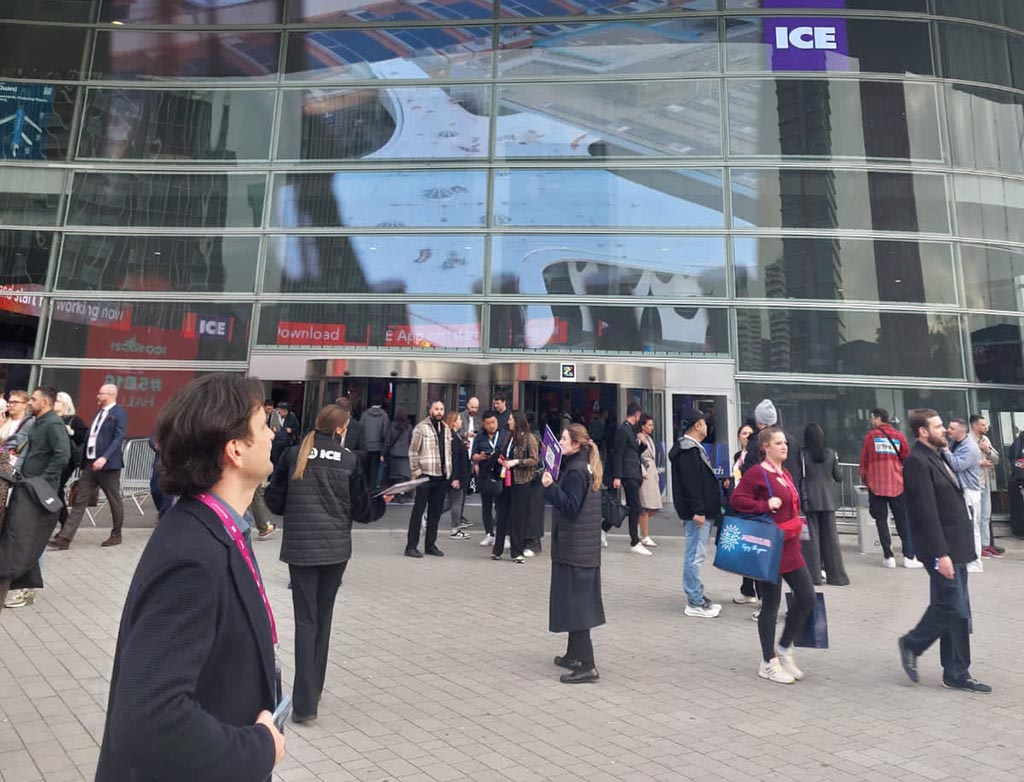
The e-commerce platform market is undergoing a profound transformation, one that is reshaping how technology is bought, sold, and repurposed. For decades, the dominant model followed a familiar but unsustainable pattern: take resources, make products, and dispose of them once they became outdated. Today, that linear approach is being replaced by something far more dynamic — a circular economy driven by a rapidly expanding secondary resale ecosystem. This shift is not only reducing waste but also redefining how consumers and businesses think about the life cycle of digital devices.
At the heart of this evolution are e-commerce platforms that enable refurbished, pre-owned, and open-box electronics to reach new users with full transparency and trust. Advanced grading systems, certified refurbishing programs, and secure MOTO/e-commerce payment processing have made resale more reliable than ever. Instead of a smartphone, laptop, or smartwatch being used once and discarded, these platforms allow them to circulate through multiple life cycles. A device that might once have ended up in a landfill now finds renewed purpose in a second, third, or even fourth owner’s hands.
This emerging ecosystem brings more than environmental benefits — it also creates substantial economic value. Manufacturers, retailers, and distributors are discovering new revenue streams by tapping into the resale market. By reclaiming and reconditioning devices, companies can extend the value of their existing inventory, increase customer reach, and build recurring revenue models around buy-back, trade-in, and refurbishment services. For consumers, resale offers access to high-quality tech at better prices, closing the gap between premium hardware and affordability.
As circular commerce continues to grow, it is becoming clear that resale is not merely a trend — it is the future architecture of the technology market. E-commerce platforms that embrace this model are not only contributing to a more sustainable world but also positioning themselves at the forefront of an economic shift. The move from “take-make-dispose” to “repair-reuse-resell” represents a powerful alignment of environmental responsibility and business opportunity. In this evolving landscape, everyone benefits: consumers, companies, and the planet.







 Amazon is now warning sellers that it cannot accept all shipments because it is currently having capacity problems in its logistics centers in Europe. This means that sellers in their turn may face failures delivering their goods to the market by the holidays.
Amazon is now warning sellers that it cannot accept all shipments because it is currently having capacity problems in its logistics centers in Europe. This means that sellers in their turn may face failures delivering their goods to the market by the holidays. Forty-nine per cent of the thousand largest European online sellers in Europe have their headquarters in Europe. Thus, more than a half of them are based elsewhere, primarily in the United States or China. The traffic share of these non-European companies in the top thousand is even larger, 74 per cent.
Forty-nine per cent of the thousand largest European online sellers in Europe have their headquarters in Europe. Thus, more than a half of them are based elsewhere, primarily in the United States or China. The traffic share of these non-European companies in the top thousand is even larger, 74 per cent.